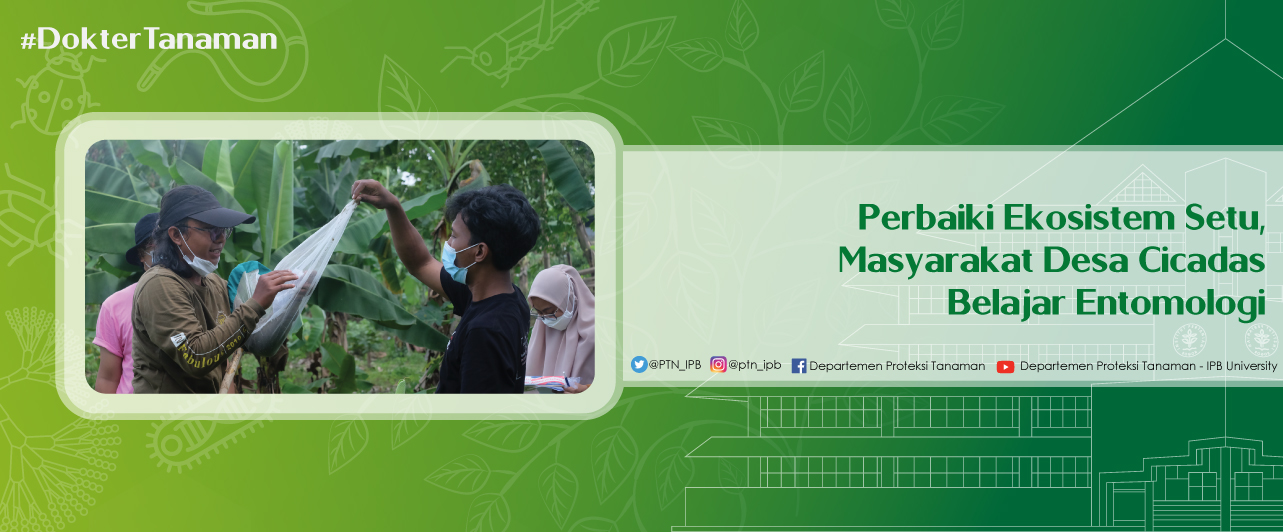
Improving Lake Ecosystem, Cicadas Village Community Learns Entomology
Bogor (15/8), the Community of Cicadas Village, Gunung Putri Subdistrict, Bogor Regency, held a setu (lake) school activity around Setu Citongtut. This activity is a series of the Setu Learning Center initiated by the Tunas Tani Mandiri Foundation (Nastari) as a medium to strengthen the capacity of the parties in managing the setu ecosystem.
The setu school which was held on Sunday (15/8) was the second meeting. The previous meeting, setu schools were held with the theme of water quality. Wahyu Ridwan Nanta, Facilitator of Setu School, said that at this second meeting, participants of the Setu school will learn about biodiversity as a bioindicator of the setu ecosystem.
“The theme of the setu school this time is biodiversity as a bioindicator of the setu ecosystem. After the previous meeting observed the physical components of the setu, namely water quality, this meeting will observe its biological components,” said Nanta.
The activities carried out for two days were divided into 2 agendas, namely observing herpetofauna and nocturnal insects at night and observing large trees, fish, and insects in the morning until noon. After the observation, the participants of the setu school will present their findings. Eka, one of the participants from the setu school, revealed that her group found 12 types of insects from various habitats and then visualized them in the form of pictures.
“We found 12 types of insects from soil, plants and water. After that we observe and we draw in detail to find out the parts of the insect's body."
The Nastari Foundation also involved three students of Entomology Program Study, Department of Plant Protection - IPB University, namely: Prayogo Probo Asmoro, Lidia Sari, and Marich Nur Maqsalina to provide enrichment related to findings from insect observations in the field. Prayogo provides an explanation of the ecological function of insects and the importance of population balance in the setu ecosystem.
“There are insects that act as phytophages or plant eaters, natural enemies, decomposers such as flies, pollinators such as bees, and vectors. The population of various roles of these insects needs to be balanced so that there is no explosion that disturbs the balance of the setu ecosystem.” Prayogo said.
According to Prayogo, the insects found can also be an indicator of a healthy ecosystem in Setu. However, Prayogo said that special efforts are needed to continue to improve the quality of the ecosystem so that all parties can feel the benefits.
“We didn't find any water insects that used to be bioindicators of clean water, from here we can see how the state of the ecosystem is. Efforts should be made to improve the health of the ecosystem setu. If the ecosystem is healthy, aquatic insects are abundant, the fish have sufficient food, so that it can become an economic benefit for the surrounding community.” Prayogo said.
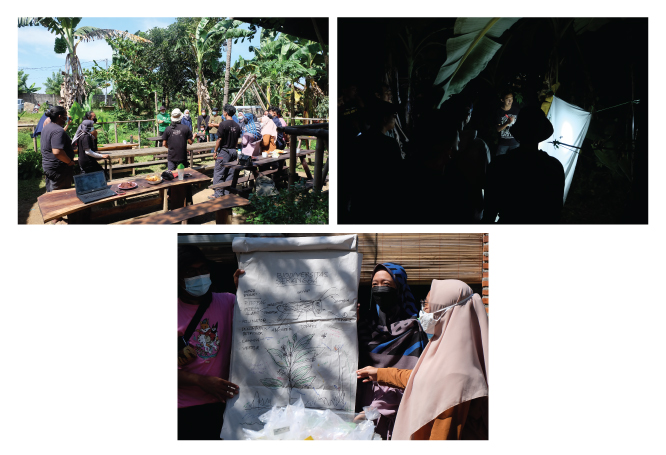
Meanwhile, Falah, one of the participants of the setu school, revealed that the decline in the quality of the ecosystem in setu really needs to be improved because now he rarely sees insects that used to be abundant around setu.
"I've never seen fireflies again, back in 2006 I still often see around here." Say Falah.
Learning about biodiversity in Setu Citongtut is expected to increase knowledge for setu managers. So that managers have a foundation in developing a set by not ignoring environmental factors. As said by Wawan, the setu manager, that this new knowledge must be the basis for maintaining the setu.
“We are lucky to get new knowledge. We will use this knowledge to maintain and manage the setu so that our children and grandchildren can still enjoy the beauty and beauty of Setu Citongtut.”
Article by: Wahyu Ridwan Nanta
#PTNkeren #DokterTanamanIPB #Entomologi


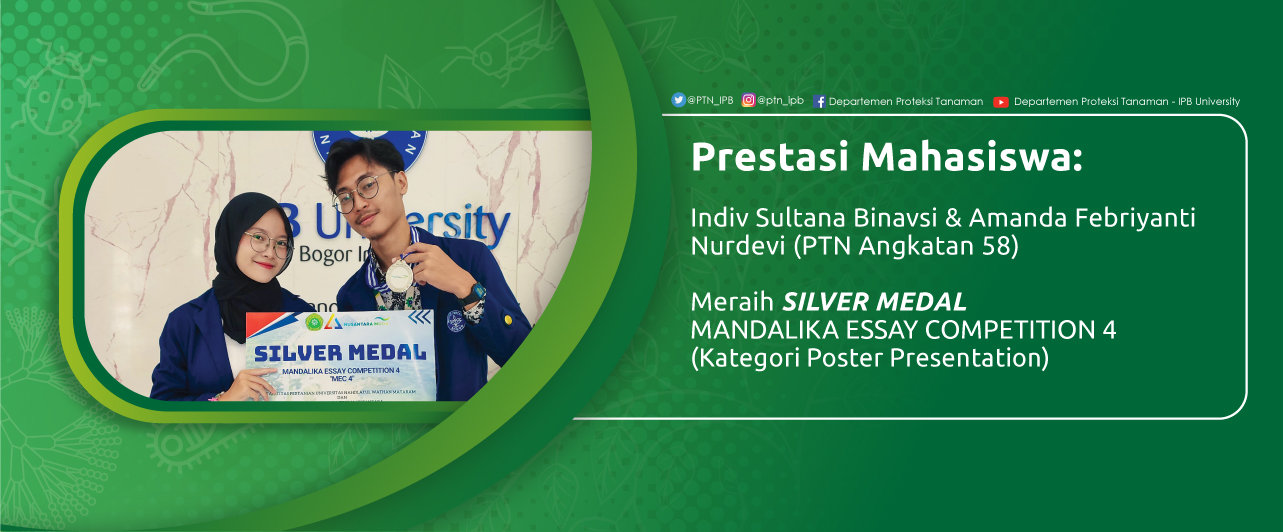
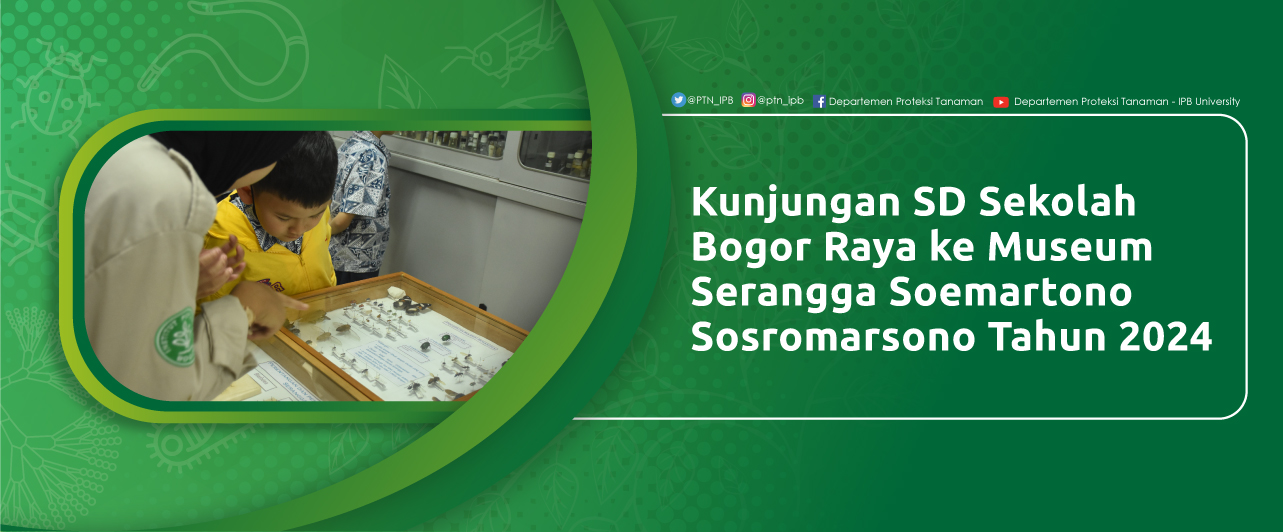
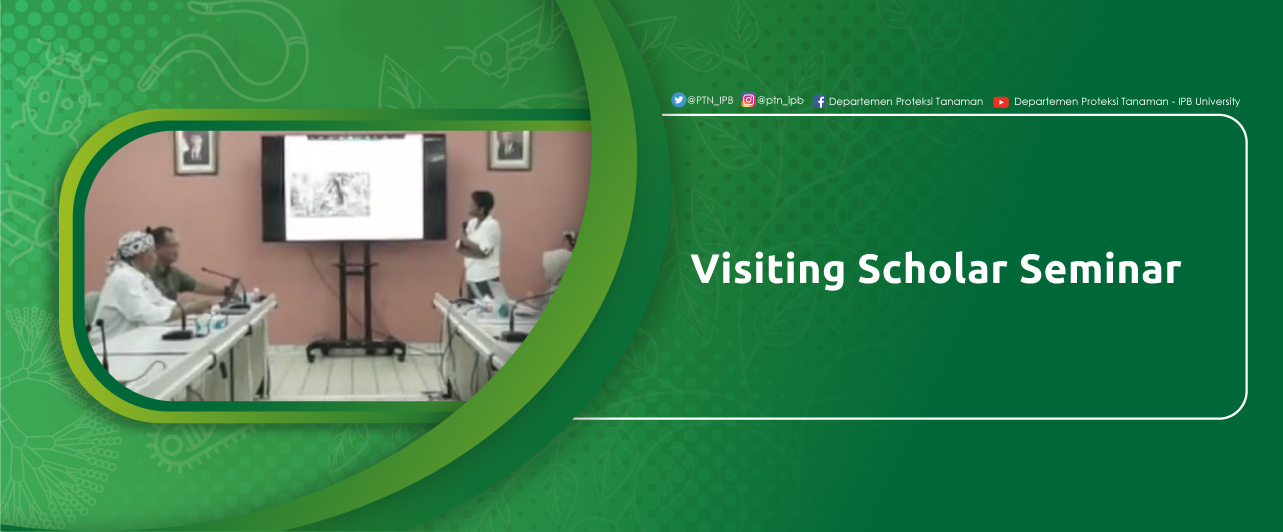
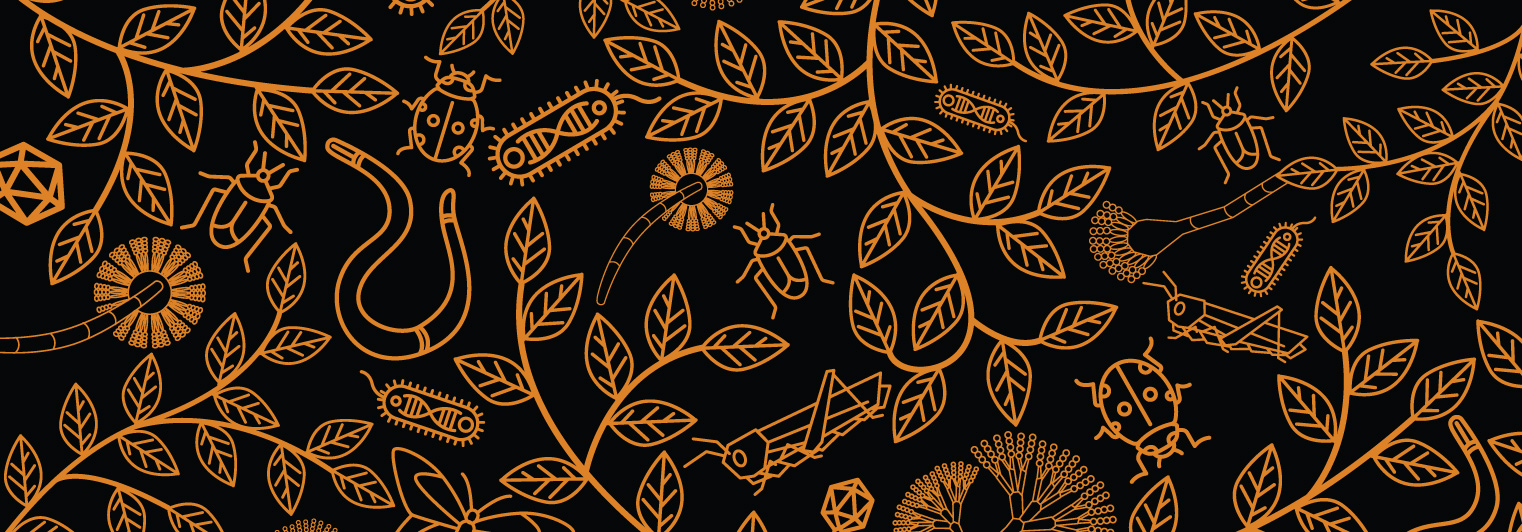

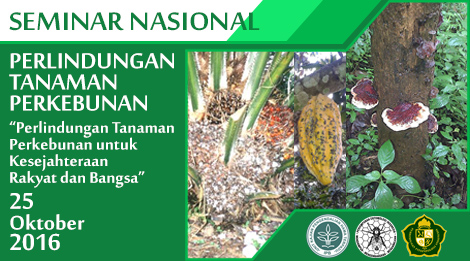
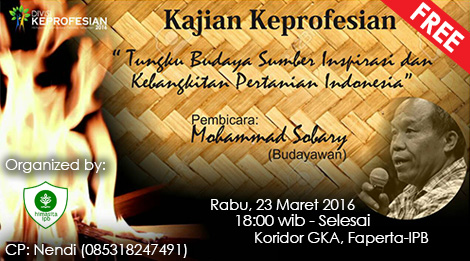
.jpg)